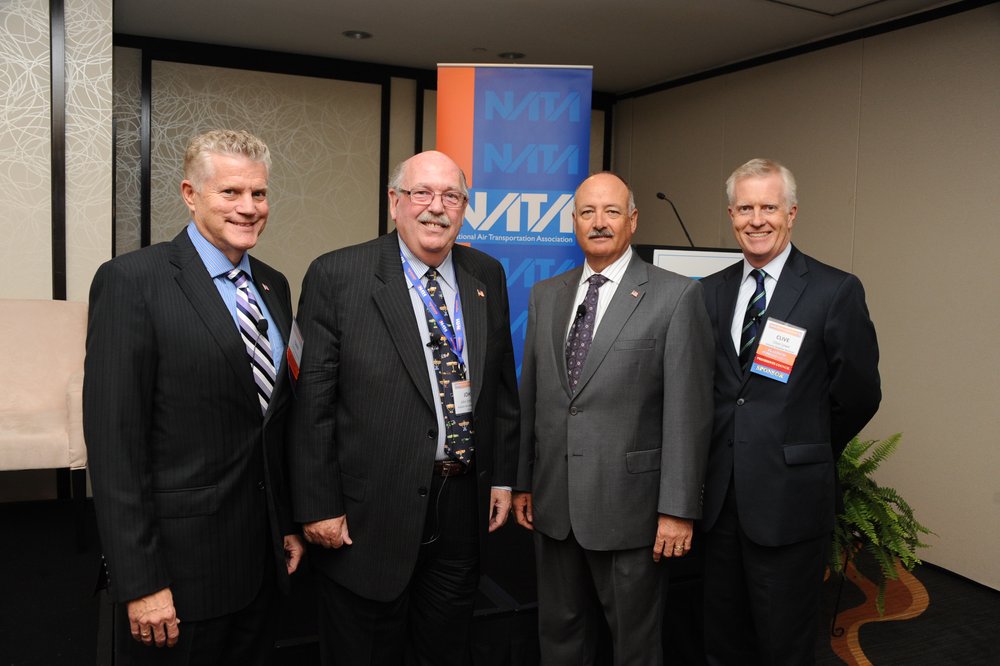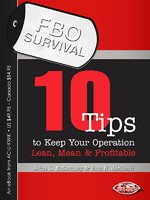Situational Awareness: You Can't Manage What You Don't Measure
/By John L. Enticknap and Ron R. Jackson, Principals, Aviation Business Strategies Group
Situational awareness. It’s not just a term for pilots. It should also be a daily mantra for FBO owners and operators who want to run a successful operation.
In the FBO business, situational awareness is all about being aware of what’s happening in your inner and outer circle. It’s a process of understanding how information, events and actions impact business plan goals, both immediately and in the near future.
During our NATA FBO Success Seminars we discuss developing and reviewing statistics or dashboard reports on what is going on with your business. It’s a daily ritual that is all about situational awareness as it pertains to fuel sales, labor productivity, and tracking your actual profit and loss (P&Ls) against your budget and last year’s performance.
However, one area that seems to get neglected is measuring the sales and marketing initiatives by keeping track of what we are doing to sell our FBO services, develop new customers, bid new contracts and other marketing efforts.
CRM (customer relationship management) software is a category of software that covers a broad set of applications and software designed to help businesses manage and measure customer data and customer interaction, access business information, automate sales, marketing and customer support. To assist in your sales efforts through CRM techniques, you may want to utilize software programs such as Salesforce.com, Pipeline or QuoteRoller.
Once you’ve selected your software, we recommend keeping things simple by tracking at least the following three metrics:
- Number of cold calls to prospective customers. Yes, cold calling is not dead. Pick up the phone and make contact.
- Number of appointments, whether you’re trying to sell MRO service or just informing a potential new customer about your facility.
- Number of closed sales or the number of new transient customers.
Once you get into this tracking, there are additional metrics you can add:
- Number of referrals received and referrals closed. Referrals means your FBO is delivering a good customer service experience. Referrals should always be followed up on in a timely manner.
- Amount of email, direct mail, social media and blog posts. The use of all communications channels will increase sales success.
- Upsell attempts and rate of success. Upselling is critical to help make an FBO successful.
- Number of business cards handed out. Sounds simple, but promoting the brand is critical.
- Number of times you contact a prospect before you close the sale. Keeping in contact with the customer base, no matter what the message, helps create and cement relationships.
You can develop your own metrics to fit your business. Whether it is the number of annuals, 100-hour inspections bid on and closed, or the number of contacts for new hangar rentals, any of these metrics are vitally important to the success of your FBO operation.
And always remember, you can’t manage what you don’t measure.
About the bloggers:
John Enticknap has more than 35 years of aviation fueling and FBO services industry experience. Ron Jackson is co-founder of Aviation Business Strategies Group and president of The Jackson Group, a PR agency specializing in FBO marketing and customer service training. Visit the biography page or absggroup.com for more background.
Subscribe:






















